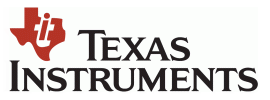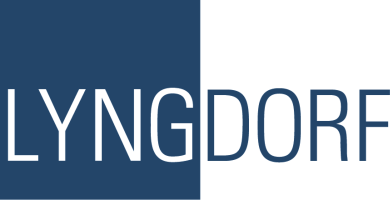Session 5
5.3 Application of Linear-Phase Digital Crossover Filters to Pair-Wise Symmetric Multi-Way
Loudspeakers
Part 2: Control of Beamwidth and Polar Shape
ULRICH HORBACH(1) & D. B. (DON) KEELE, JR.(2)
(1) Harman Consumer Group, Northridge, California, USA. (2) Harman/Becker Automotive Systems, Martinsville, Indiana, USA.
In part 2, we present an alternate simplified design technique that is based not on Part 1�s specification of
frequency responses at arbitrary off-axis vertical angles, but on specification of the total shape and coverage angle
(vertical beamwidth) of the polar patterns generated by pairs of separated point sources. Here we show that when
only a single pair of drivers is operating at a specific frequency (Part 1 called these the �critical frequencies�), the
spacing of these drivers is a constant distant apart in terms of acoustic wavelength. The design procedure of Part 2
simplifies that of part 1 by restricting the level of the forced-to-be-flat off-axis angle to -6 dB thus making it equal to
the level of the polar beamwidth specification, i.e. beamwidth is defined as the angle between the 6-dB-down points
from on axis. Thus restricted, Part 2 shows that the spacing of each pair of drivers at their critical frequencies
should be in the range of 0.4 to 0.6 wavelength to yield well-behaved polar shapes with beamwidths in the range of
67� to 113�. Part 2 also shows that that spacing ratios between successive pairs of drivers should preferably be in
the range of 2:1 to 2.5:1, but can extend out to 4:1, but at the expense of polar uniformity at angles beyond the 6-
dB-down points.
|



